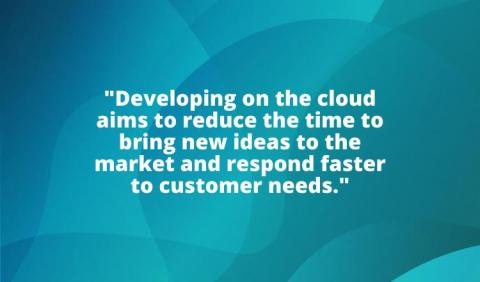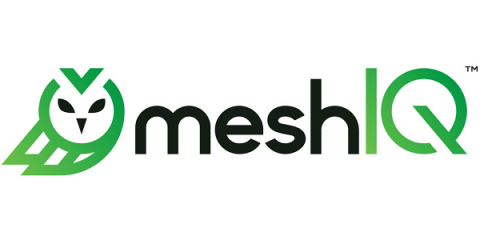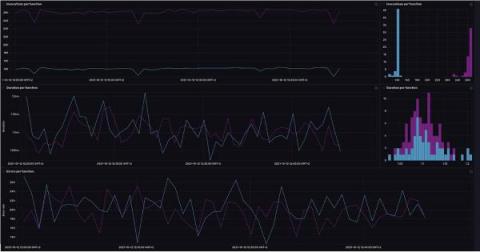Operations | Monitoring | ITSM | DevOps | Cloud
Latest News
Top Cloud Security Trends 2022
Enterprise cloud use cases are changing and expanding, and companies are now realizing new security challenges that need to be resolved. Cloud security solutions can include everything from new security tools to more advanced training to investing in new team strategies. See below to learn about the tops trends cloud security experts are seeing in the market.
Cloud Computing's Age Of Constraint Is Here
Just flip on Netflix, and you can easily find a few dozen dystopian visions of a climate-ravaged future. As the standard storyline goes, the end of this century will see temperatures rise to ecologically disastrous heights, impacting billions of lives and changing living conditions forever.
How To Calculate Customer Retention Cost: The Hidden SaaS Metric
Pepperdata CEO Ash Munshi on the Future of Big Data APM in 2022
Azure vs. AWS vs. GCP: A Direct Comparison
Ever since the pandemic hit the world in 2020, many businesses and institutions have begun to adopt cloud computing into their operations. With more employees working from home, companies have moved from on-site data centers and chosen cloud computing services. Although cloud computing is not new, its relevance has increased during the last year and has revolutionized how businesses and institutions are operating now.
Application Modernization Using Microsoft Azure - Top 4 Reasons Why You Can't Ignore It
In the digital transformation era, any organization on its growth to glory must consider developing and investing in modernizing their application portfolios. That includes healthy competition, legacy modernization, and creating a unique identity from the rest of others. Moreover, advancements in technology have forced organizations to reconstruct themselves to the new normal. Application modernization is all about the process of repurposing or consolidating current business applications.
Easy Lambda Function Monitoring with the AWS Lambda InfluxDB Template
AWS Lambda is a serverless compute service that allows you to run code without having to manage servers. Lambda provides autoscaling and bills only on compute time, so you aren’t paying for unused resources. Some common use cases are file processing, stream processing, and acting as a backend for web and mobile applications. AWS Lambda functions can be invoked with external HTTP requests as well as by events triggered by over 200 different AWS services.
Application composability - a cloud computing perspective
Let’s remember the time in the 2000s when companies introduced their cloud computing offerings at a large scale. New services were put into the popular IaaS, PaaS, and SaaS categories. New kinds of storage and messaging technologies were promoted. Also, novel approaches were discussed, such as designing applications for horizontal scalability and eventual consistency.










